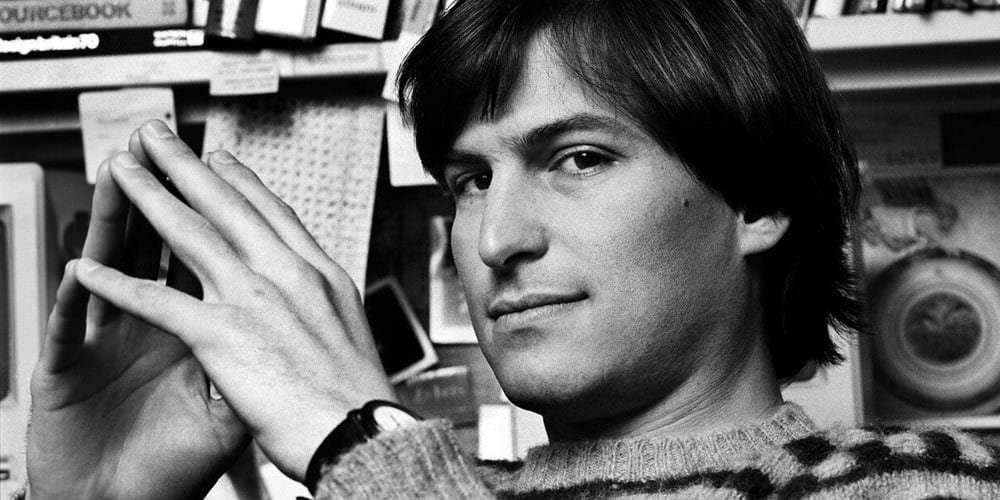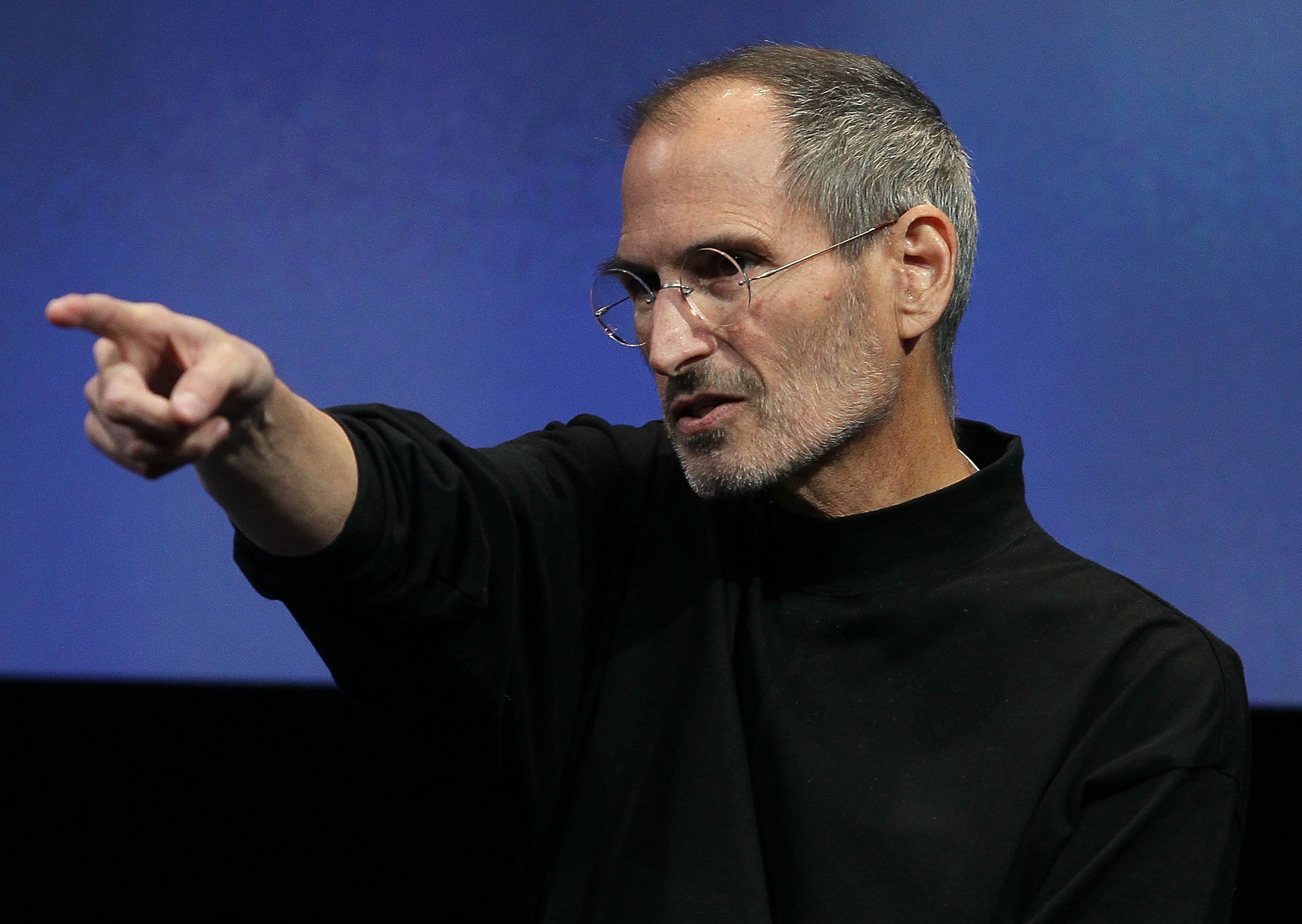How Steve Jobs broke the mould of competitive brand marketing
When brand marketing is executed incorrectly it can be catastrophic for a company. One of the most assured ways to present your brand in a bad light is by being negative about your competitors. There are many examples of how brand bashing has resulted in negative PR for the antagonist and a loss in sales. Steve Jobs and Apple looked at the risks of doing a campaign in this style and did it anyway.
 The play
The play
People think the campaign I am about to celebrate was a random stroke of genius. I am here to tell you that it wasn’t. Steve Jobs was a perfectionist, not perfect. It took Apple’s agency, TBWA, six months to get a yes out of him and they pitched 10-15 ideas a week, every week. That’s a minimum of 260 ‘no’s before the all-important ‘yes’ was heard.
This week starts with a lesson to you all. You will hear no more in your career than a yes, but each no is a journey towards the better result. Don’t give up, don’t lose hope and remember that a lot of the things we see around us that seem simple most likely were not easy to create.
So now that is out of the way let’s get into the campaign itself…
In 2006, Apple set out to advertise their new Mac series of computers but they needed to take on the supergiant that was Microsoft. They chose to sell the benefits of their product in all its forms, which is a very safe and repeated way of selling a product. Steve tasked the agency to show the benefits of the product for the user but wanted people to know how those benefits compared to a PC.
The brief was given and TBWA went to work. We won’t go over the 260+ rejections I previously mentioned but look at the format that got them the nod from Steve Jobs.

“Get a Mac” is born
The campaign was simple. All they set out to do was show how Macs are smooth, cool and efficient, but they do so much more.
Each advertisement follows a standard simple template: against a minimalist all-white background, a man dressed in casual clothes introduces himself as a Mac (“Hello, I’m a Mac.”), while a man in a more formal suit-and-tie combination introduces himself as a Windows personal computer (“And I’m a PC.”).
The two then act out a brief vignette, in which the capabilities and attributes of Mac and PC are compared, with PC—characterized as formal and somewhat polite, though uninteresting and overly concerned with work—often being frustrated by the more laid-back Mac’s abilities. The earlier commercials in the campaign involved a general comparison of the two computers, whereas the later ones mainly concerned Windows Vista and, later still, Windows 7.
– Wikipedia

This was brave in the sense that it clearly digs at their competitor but it does it in an elegant way. Not so much, ‘look what they can’t do and what we can’, but more ‘which one would you choose?’ leaving it up to the viewer to answer.
There is such attention to detail that it soon becomes clear that if anything was done differently, it may have worked. The casting of Justin Long as a Mac and John Hodgman as the PC was perfect as neither was threatening, too cool or otherwise. They both were well-established actors and dressed/spoke as their respective product.
The director of the American version, which kicked off the global campaign, was Phil Morrison. He had come off directing the comedy-drama Junebug. He had a large hand in how the concept was brought to life and without him, the ads may have come off as too negative. Junebug, for those that haven’t seen it, is the epitome of short, sharp comedy.
Phil and TBWA made 323 versions and pitched hundreds more. Steve allowed 66 of them to make it to the final campaign. By now you must see the trend that it was not an easy campaign to get right.
Here are all 66 ads that Steve Jobs let through the rigorous selection process.
To make this campaign work on a global scale, Apple released it in the United States, Canada, Australia, New Zealand, the United Kingdom, and Japan. The UK had their own version which used David Mitchell as a PC and Robert Webb as a Mac. Japan also had their own set of actors in the form the comedy duo Rahmens who were a hit in the country.

The best way to market a global brand is to think local. If consumers know your brand knows your local demographic then you are far more likely to invest in them. This is something that Microsft fell short on previously. They had a separation of the brand from the consumer, as they focussed on their product and what it could do in their advertising. Apple was focusing on the user and how their products connected to them. By using local celebs it made this a far easier way for consumers to relate to Apple.
The outcome
In the preceding years, Apple had seen a decline in computer sales. At the time, 90% of all computers on Earth ran Microsoft and Apple wanted a bigger piece of the pie.
After the first few commercials of the campaign sales dramatically increased by 12% in the first quarter of the campaign. In the last quarter of 2006 after more commercials came out, Apple sold a record-breaking 1,600,000 Macs, an increase of 39%. In the last quarter, Apple sold over 2,300,000 Macs. Sales continued to dramatically increase throughout the entire four-year campaign.
The figures speak for themselves when it comes to how this greatly increased Apple’s share of the market. It also set up the brand image which is still used to this day and is the cause of many an argument in offices and friendship groups. Apple is ‘cooler’ than Microsoft and this creative campaign sold to its target demographic: young creative people.
The message of the campaign was clear, if you want to be creative and cool, Get a Mac.
